You may have heard that puppy socialization is the most critical learning period in your dog’s life. It absolutely is! Exposing your puppy to a wide range of experiences is important as this helps to build their overall personality. It also influences how they react to the world around them. During this time they learn the skills that are needed for them grow into a well-adjusted companion. If you are feeling overwhelmed, that is understandable. It’s a big responsibility, but don’t let it freak you out! This process should be fun and enjoyable for you both. So, let’s talk about how to socialize your puppy – and having fun doing it!
PUPPY SOCIALIZATION CLASSES VS. OTHER OPTIONS
Many trainers who work with, or specialize in puppies, offer puppy socialization classes. These classes are a great option for new puppy parents. You will probably learn some basic obedience but also spend time socializing with other puppies. Hopefully you will also have the opportunity to explore new things your puppy may be exposed to in their world. Bonus… there will be a room full of puppies! Who doesn’t love a room full of puppies?
Hiring a private trainer to come to your home is another option. Many trainers are also offering online training via Zoom which can be a great opportunity. Or, you may find someone who does hybrid training – which is a combination of both in-person and online. This arrangement can have you learning some basic obedience but they may also offer some fun, puppy adventures. These types of outings can connect you with other new puppy families and perhaps an opportunity to be able to plan other socialization playdates.
Outside of those options you may choose to socialize your puppy on your own. For extra guidance you can look at a virtual online program that you can work through on your own schedule. Just remember that the socialization window isn’t very long.
Whichever method you choose based on your personal situation – the key is to do it!
ITS A STRANGE, NEW WORLD
For your puppy, everything the world has to offer is new, strange and unusual. Every encounter your puppy has gives you the opportunity to create a positive association between your puppy and that person, place, object, sound, etc. (this is referred to as the stimulus). You will want to introduce your puppy to as many different stimuli – people, objects, sounds, smells, noises and surfaces (textures), etc. as possible.
where do I start?
Before starting to introduce your puppy to the new things in their world you need to make sure that you have lots of yummy treats on hand to reward your puppy. If done properly, rewarding your puppy with treats creates a positive association between the stimulus and your puppy. Your puppy sees that stimulus as a good thing because when it is there it means they get lots of yummy treats!
The treats you choose should be small and highly desirable for your puppy. Keeping them small allows your puppy to eat them quickly and then be able to take another one.
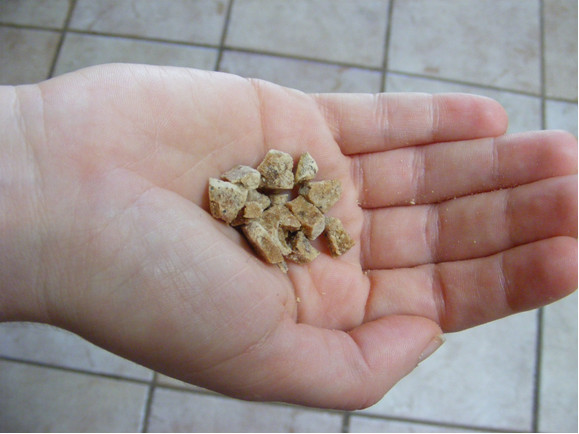
An important note, before we go further, try to avoid moving through this procedure too quickly. During this process it is imperative that you are going at your puppy’s pace… not yours!
Introducing YOUR PUPPY TO NEW EXPERIENCES
Let’s go through this with an example. Once you go through this you can apply the same procedure with any new experience/stimulus for your puppy.
You find a new stimulus (again, remember this could be a person, place, object, noise, etc.) to introduce your puppy to. For this example, let’s say we are on a walk and we come upon a fire hydrant and your puppy has not seen a fire hydrant before. In this case, the fire hydrant is the new stimulus.
We begin the introduction to the stimulus (the fire hydrant) from a distance. The idea is to introduce something gradually to your puppy while rewarding your puppy for any positive interaction with the new stimulus. This could be looking at it, approaching it, sniffing it… anything really.
So, back to the fire hydrant… when your puppy notices the new stimulus (fire hydrant), treat your puppy.
Gradually try move closer to the stimulus (fire hydrant). During this process pay attention to your puppy’s body language making sure they are not appearing fearful. Signs that a puppy is fearful can be things like: not taking a treat, tucking their tail, ears pulled back or pulling away. I cover what to do if your puppy is showing signs of being fearful or nervous below… so keep reading!
Slowly move closer to the stimulus (fire hydrant) while continuing to give your puppy treats and providing praise and encouragement. This begins the process of creating a positive association.
If you are able to get up to the stimulus, allow your puppy the opportunity to investigate at their own pace. Let them explore and experience. Continue to give your puppy treats while they are exploring the new stimulus.
If the new stimulus happens to be a person, once your puppy is comfortable being near the person, ask if the person wouldn’t mind giving your puppy a treat (that your provide). However, and this is important, if your puppy is not comfortable with a person do not ask them to give your puppy treats. Never force your puppy to greet a person or approach a stimulus that they are uncomfortable with or nervous about (again, read on to learn how to handle things if your puppy is frightened).
When your puppy is finished exploring the new stimulus, give them a big reward with lots of praise! You can “jackpot” – which is giving them a handful of treats for a job well done – or give them their favorite toy, play a game with them or give them with an extra special treat. Whatever it is, it should be something that they really love!
Always pay attention to your puppy! Put your cell phone away! This is time to spend with your puppy and be tuned into what is going on with them. The socialization period is a short window of time and you want to take advantage of every moment… in a positive way! Any opportunity that your puppy takes and explores something new – treat, praise, treat!
WHAT IF MY PUPPY IS FRIGHTENED?
As I mentioned, never force your puppy to greet a person or approach a stimulus that they are uncomfortable with or nervous about. If your puppy appears frightened (won’t take a treat, tail is tucked, ears are back, they are pulling away), you may have moved too quickly with the introduction. Remember the rule… go at your puppy’s pace!
Move away from the stimulus to a safe distance where your puppy begins to relax again. You should be able to tell this as they will likely begin to take treats again. This is now your new starting point to begin working from to try to build your puppy’s confidence with this new stimulus.
Go back to the step of trying to slowly get closer to the stimulus. Provide lots of treats, praise and encouragement… but no force! Your puppy decides if they are comfortable!
If you can’t make any progress call it quits for the day and try another time. Don’t push it. End things on a positive note with a game, special treat or toy. Never end this process, or any training, on a negative note!
WHAT SHOULD I INTRODUCE MY PUPPY TO?
PEOPLE
Dog bites occur most frequently in children so it is incredibly important to ensure that your puppy is comfortable with children of all ages, including babies. Seniors should be another focus as, due to mobility changes, some may walk differently or use assistive devices such as a cane. You can ask individuals that wear uniforms (i.e. postal workers) to offer treats to your puppy (as long as your puppy is a willing participant). Your local fire station may welcome a visit from you and your puppy… perhaps the police station too.
When I was volunteering with a service dog organization we had outings to the fire stations with the puppies so that they would be comfortable with all the equipment a firefighter wears. A firefighter’s breathing and voice sounds different with their gear on. It is beneficial, if possible, to introduce your puppy during their socialization period to a firefighter. It could mean the difference between your dog being able to be rescued or hiding in the case of an emergency. Check out our socialization checklist for more suggestions including looking for people that might have a bicycle or skateboards as these are fast moving and can often startle your puppy.
Places
There are plenty of places that you can take your puppy to help with socialization. A trip to the vet and/or groomer to just ‘experience’ the building, the staff, the sounds and smells is a great idea! Visit the waiting room/lobby and just sit and give your dog some treats. Even sitting in the car in the parking lot or taking a short walk on the grounds of the business can be beneficial as well. All dogs will need to visit the vet and often the vet can be a place where sometimes scary and unexpected things occur. It is a great idea to start off on the right foot and show your puppy that it can be a good experience!
Same type of process can work for the groomer. Not all dogs will visit a groomer but for those that need cuts/trims, it is a regular visit every few weeks. I used to be a professional pet groomer and know first hand that there are a lot of dogs that are not introduced to grooming as a positive experience. There are a lot of groomers out there that rush the dog through the process and yes, they may not be as patient as others making it a potentially stressful experience for your puppy.
If you frequent outdoor cafes and want to take your dog, start when they are a puppy as they can be a busy and crowded place. Visiting pet friendly stores, such as pet stores, and even some big box stores that welcome dogs is potentially a good option as well. More suggestions are on our socialization checklist.
SOUNDS, SIGHTS, OBJECTS, TEXTURES/SURFACES
Sights and sounds are everywhere! It could be anything from the dishwasher, a hairdryer, a kitchen mixer or a vacuum. Have you, or someone you know, ever had a dog that hated the vacuum? That is likely because they were not introduced to it during their socialization period. That is a perfect example of what can happen if a puppy isn’t socialized. Think about the things/people/sounds, etc that exist specifically in your life (indoors and out). Make a plan to introduce your puppy to those things.
Outdoor sounds, you have trucks, trains, sirens, thunder, fireworks, and the list goes on. You might wonder how you can introduce something like thunder if there isn’t a thunderstorm? Well, believe it or not, there are apps and videos for that!
Be sure to introduce your puppy to different surfaces and textures. You may not think this would be a very important area, but I beg to differ! I had a golden retriever that hated the grass when it was wet. This caused challenges her to go outside in the early mornings or after a rainfall. Thankfully she didn’t have an issue with dry grass and we just had to make modifications to routines on those wet days.
Don’t forget about stairs! Stairs are built with all kinds of materials – concrete, wood, tile – and you also have closed and open stairs. My other golden (yes, I do love my goldens!) had an issue with open stairs. He simply wouldn’t use the stairs. And I wasn’t strong enough to lift a 110lb dog up the stairs! Bridges and manhole covers should also be on your list as well as they are everywhere! Our socialization checklist has a lengthy sample of surfaces and textures that you can try out with your puppy.
HANDLING
Another key aspect of puppy socialization is handling. Humans handling puppies should begin around 3 weeks of age. This is one reason why you want to ensure that you are getting your puppy from a responsible breeder. Puppies should be raised as part of the family, being handled, hearing household sounds, seeing the hustle and bustle of the breeder’s family life. This gives them a good start for when they head home to their forever home with you.
Once you get your puppy you need to continue to handle them. Their feet, their ears, their mouth, etc. This prepares them for visits to the vet, the groomer and any husbandry care that they will need to have performed. All puppies should be experiencing this type of handling from as early as possible. I will share more about handling as an important part of cooperative care for your puppy/dog. If you are in a position that you are ready to expand on husbandry care, I would recommend checking out Cooperative Care with Deb Jones.
This is only a small sample of things to do with your puppy to help with socialization. You can check out our Puppy Socialization Checklist. It will guide you to work with your puppy to help them feel comfortable and confident with new experiences, while focusing on positive training techniques. The checklist is broken down into easy-to-follow sections that cover areas such as people, environments, sounds, objects, other animals and more. It also includes guidance on safe and positive exposure techniques on how to create positive associations for your puppy and tips for gradually introducing your dog to new experiences in a way that builds their confidence.
Have fun!


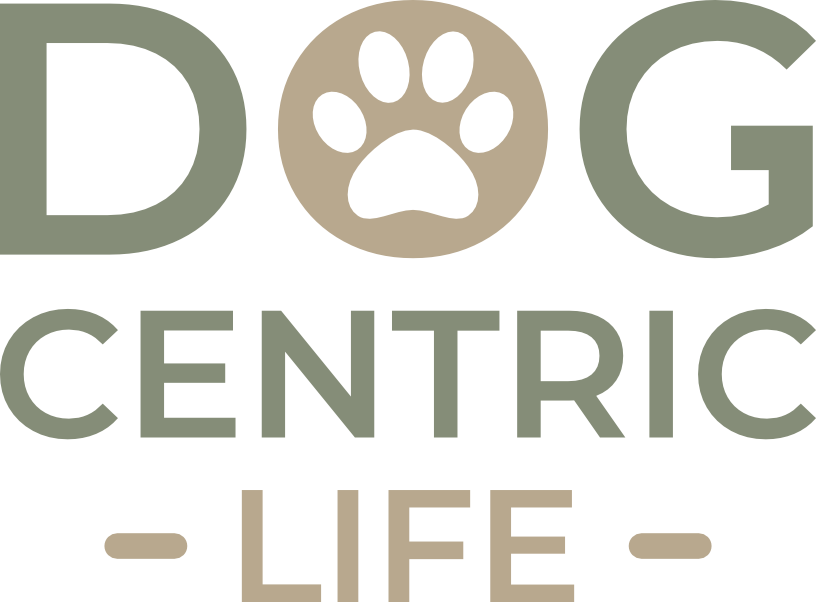
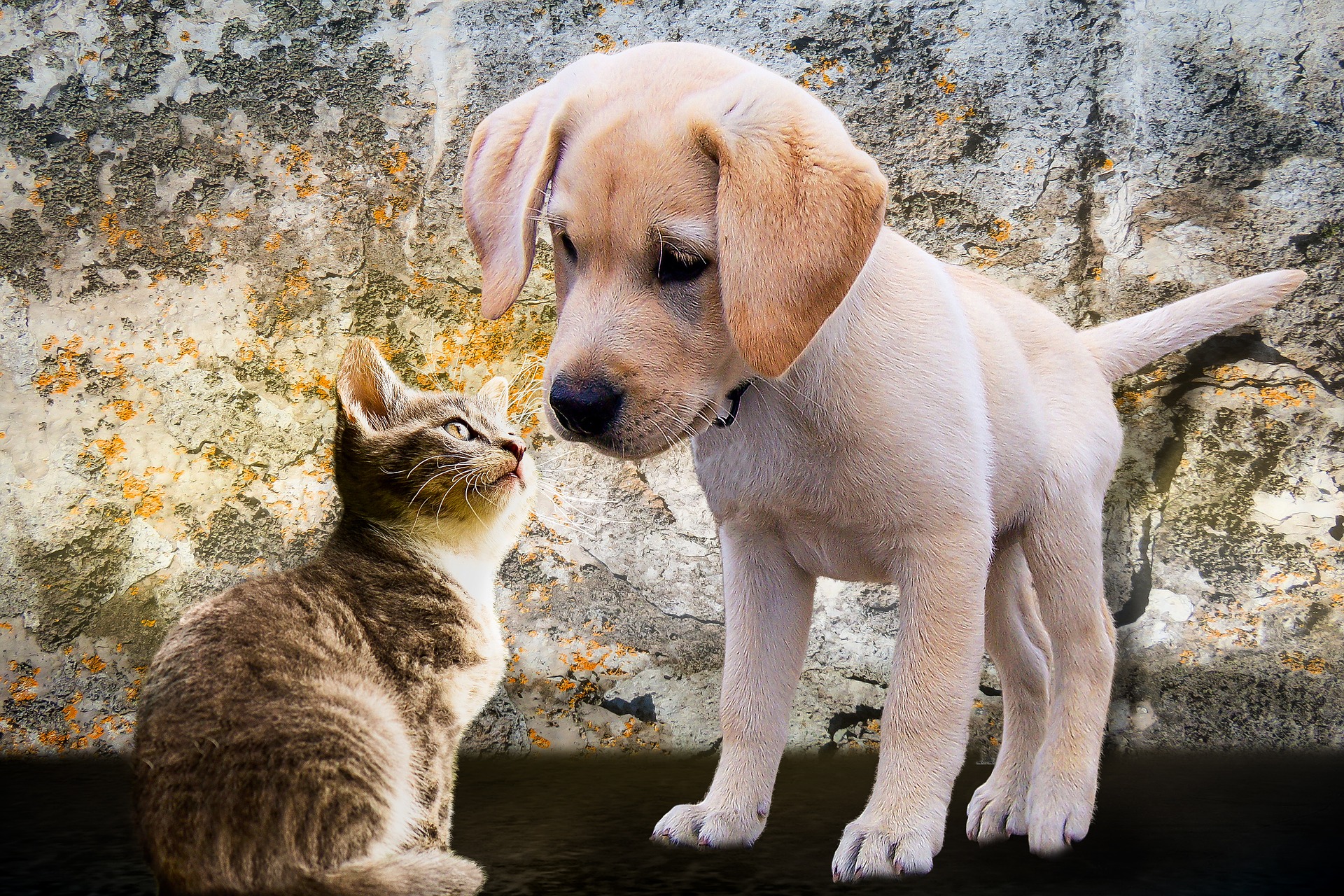
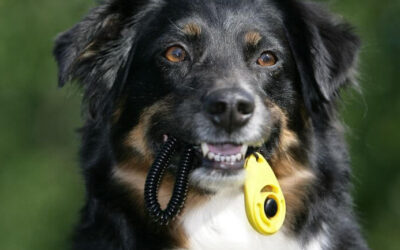
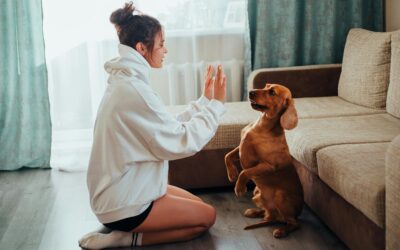

Excellent article on Puppy Socialization. So many new sights and sounds to explore. It is such an important piece of dog training that carrys on as they continue to grow and learn.